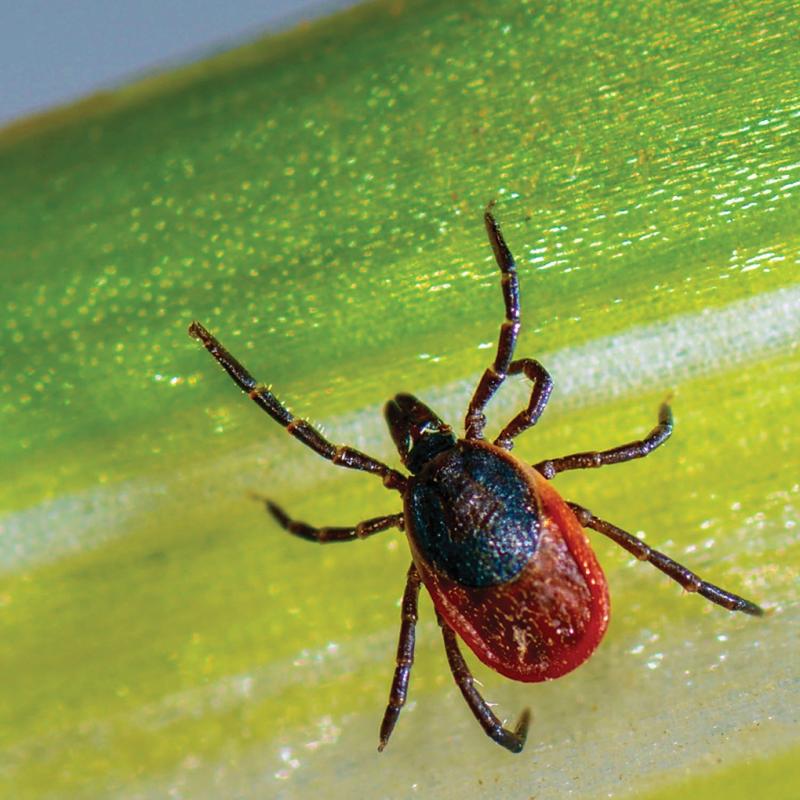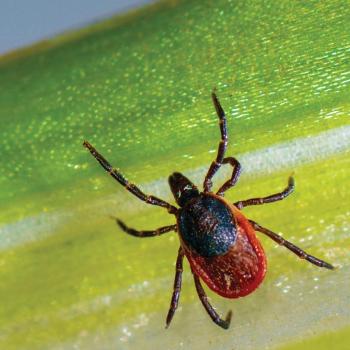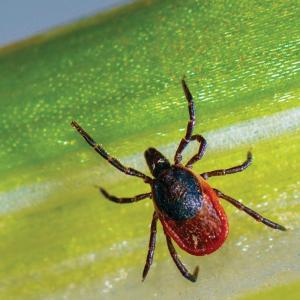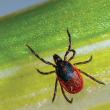Update on MaineHealth Pen Bay Hospital tick vaccine research
The effort to produce a vaccine against Lyme Disease continues in the Midcoast, with a completion date of the Pfizer Lyme vaccine study at MaineHealth Pen Bay Hospital Clinical Research anticipated by December 31, 2025.
Clinical studies have been under way since 2023, testing the effectiveness of a vaccine against Lyme disease. MaineHealth Pen Bay Hospital is the only MaineHealth hospital and one of only two sites in Maine participating in the study, which was open to healthy adults ages 18 and older who live in or regularly visit areas that may expose them to ticks.
The Midcoast and Penobscot Bay region, most prominently Knox, Lincoln, Waldo, and now Hancock, counties, continues to be Maine's epicenter for tick exposure and the five bacteria, tick parasite and virus that can cause grave illness in humans.
According to the state's Tick Lab, there are, "15 different tick species that have been found in Maine, though not all are permanent residents. Some may arrive in the state on wildlife hosts and do not establish viable populations. Other species have thrived in Maine and are now widespread throughout much of the state."
As of April 1, 2025, there were 321 cases of Lyme Disease in Maine, 19 cases of Anaplasmosis, and nine cases of Babesiosis. The Knox/Lincoln/Waldo County area combined was reporting 74.6 cases and Hancock County reported 53 cases, according to the Maine Tracking Network, a division of the Maine Center for Disease Control and Prevention.
Despite the cold winter, ticks remained active, as local residents can attest. With Spring, the nymphs are out, and will be soon followed by adult deer, dog and other species of ticks that are prevalent in Maine woods and fields.
The 2024 Tick Surveillance Program Annual Report notes that the Black legged tick (deer tick) life stage, "can be important in the disease transmission cycle, as adults are more likely to be infected with a pathogen, but the smaller immature nymphs can easily go unnoticed for long periods of time while feeding."
Maine tests the ticks that people send to the lab (4,776 in 2024) for pathogens. Those pathogens include Lyme Disease, anaplasmosis, babesiosis, hard tick relapsing fever, and Powassan virus. Lyme was the most prevalent in the 2,715 black legged ticks and 629 nymphs that were tested, but the other pathogens were also present to a degree. The Powassan virus appeared in ticks that came from Knox, Lincoln, Waldo, Hancock and other coastal counties.
"People acquire Powassan through the bite of an infected deer or woodchuck tick," the Maine CDC said in 2024, when reporting a death from the rare tickborne illness in York County. "Deer ticks can be active any time the temperature is above freezing, but are most active in the spring, summer, and fall. Powassan virus may spread from ticks to people in as little as 15 minutes after a bite."
Ticks are a regular part of life in Maine now, for humans and pets. While dogs are vaccinated and treated monthly with preventative medicine, they still can suffer from flare-ups if they were ever infected and despite doses of antibiotics.
Humans are not, however, preventively treated, and there is no vaccine, yet, for Lyme. It falls on exposure management to keep ticks at bay.
The human vaccine research underway at Pen Bay Hospital in Rockport includes 78 participants, many of them local residents.
Fifty percent of those participants are receiving the Lyme vaccine while 50 percent receive a placebo. They do not know what they receiving, but are committed to the effort to advance a vaccine.
Participants will be informed sometime in 2026 if they were given the placebo or the investigational Lyme disease vaccine, said MaineHealth.
In the meantime, while medical research continues, so too will Mainers remain vigilant to reducing exposure to ticks.
Beef up personal protection
- Wear EPA-approved repellents.
- Avoid wooded and brushy areas with high grass and leaf litter. Walk in center of trails.
- Wear long-sleeved, light-colored clothing. Tuck pant legs into socks and shirts into pants.
- Check clothing and gear for ticks and do a full-body tick check when returning indoors. Pay special attention to under the arms, behind the knees, between the legs, in and around the ears, in the belly button, around the waist, and in the hair.
- Take a shower within two hours after spending time outdoors, which will wash off unattached ticks.
Repellents
- Use repellents that contain 20 percent DEET or greater to effectively repel ticks for several hours. Other EPA-approved tick repellents for use on skin include picaridin, oil of lemon eucalyptus, and IR3535.
- Products containing permethrin can treat clothing/gear and last for several washes. Permethrin treated clothing is shown to be highly effective at preventing tick bites.
- In general, products containing natural ingredients tend to be less effective at repelling ticks than other EPA-approved repellents.
- Follow label instructions.





























